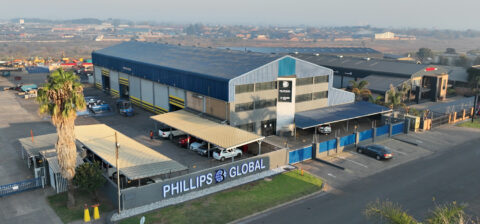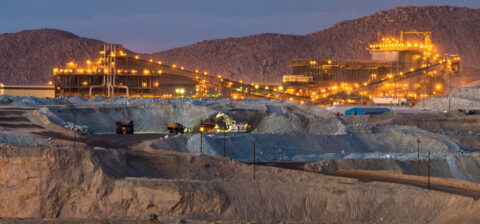Food Basket
Playing With Your Food
When consumers hear the words “genetic engineering”, thoughts of mad scientists tinkering away at the very essence of an organism spring to mind. Genetic engineering and genetically modified (GM) foods often have this negative stigma attached to them.
However, altering the DNA of an organism to produce a desired effect is something that isn’t new at all. In fact, humans have been doing this for hundreds of years (the common lemon is evidence of this). Recently, a method of gene splicing known as CRISPR-Cas9 has been revolutionising genetic engineering, and it may be the key to solving humanity’s looming food security crisis.
Professor Michael Pepper, director of the Institute for Cellular and Molecular Medicine at the University of Pretoria, explains: “Almost since the beginning of recorded history, people have been trying to produce livestock and crops that have higher yields, are resistant to disease and can withstand ‘stressful’ environmental conditions [such as a limited supply of water].
“Classic breeding techniques, which do not involve direct intervention at the level of the genome, have now given way to a variety of techniques that have produced genetically modified animals or plants.”
CRISPR-Cas9 is one such technique, developed from bacterial adaptive immunity, which can be thought of as a pair of “molecular scissors”. These “scissors” bind to a specific region on the DNA double strand and cut it, thus allowing for the addition or removal of specific DNA molecules. In this way, it allows for the precise alteration of an organism’s genome.
How likely is it that this technique will affect our food supply? Pepper says, “In much the same way as previous attempts to modify the genome have resulted in higher [crop] yields, it is entirely conceivable that CRISPR-Cas9 will become an important tool in attempts to address issues related to food security.”
CRISPR-Cas9 is revolutionary because it’s an incredibly cost-effective and fast way of producing genetically modified organisms when compared to previous techniques.
But how safe is it?
Of course, as with all genetically modified foods, safety is of the utmost importance, and Pepper says that one of CRISPR-Cas9’s greatest limitations lies in the fact that even though the technology is very precise, it is “virtually impossible to exclude the possibility that there will be so-called ‘off-target’ effects”.
“Off-target effects” refers to areas outside the target site that will inadvertently be edited. This may lead to deleterious effects that can affect the normal growth or survival of the organism produced.
Pepper adds: “One would need to weigh up the risk of a deleterious off-target effect against the inability to ensure food security.”
With the growing human population and climate change being major concerns for the future, CRISPR-Cas9’s importance in the food production industry cannot be overlooked. Whether the technology will take off, both locally and globally, remains to be seen but there is definitely hope on the horizon thanks to these handy “molecular scissors”.
The future of gmo foods
Humans have been playing with food production for thousands of years, from the basics such as interbreeding the best cattle for the healthiest livestock to grafting plants to produce better fruit. A recent study indicates that familiar products like the sweet potato did not exist 8 000 years ago, but were bred by humans from the roots of normal potatoes.
According to an article by Dr Bruce Chassy of the University of Illinois, most of today’s crops never existed in the wild, and would not be able to grow without human intervention and care.
Chassy says many farmers favour spending more on genetically modified (GM) seed that will produce higher yields, and require less chemical input and labour. It is estimated that 8.5-million farmers in developing countries will plant more than 250-million acres of GM corn, canola, cotton, soya beans, papaya, maize and squash in coming years.






 Sign-up and receive the Business Media MAGS newsletter OR SA Mining newsletter straight to your inbox.
Sign-up and receive the Business Media MAGS newsletter OR SA Mining newsletter straight to your inbox.